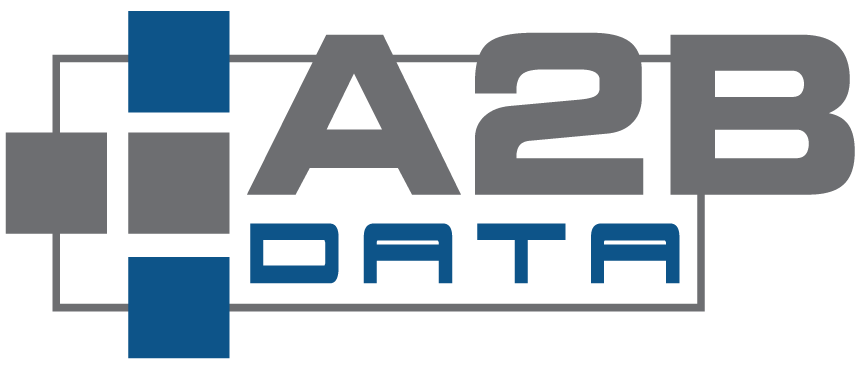What is Data Mining?
Data mining is an essential process where intelligence and insight are extracted from your corporate and social data. The process of discovering business patterns in your large data sets involves methods at the intersection of machine learning, statistics, and database systems.
Data mining is the analysis step of the “knowledge discovery in databases” process. With the goal to extract information patterns from a large data set and transform it into an understandable structure for further use.
 The Data Mining Process
The Data Mining Process
The actual data mining task is the semi-automatic or fully-automatic analysis of large quantities of data to extract previously unknown patterns. This usually involves using database techniques such as spatial indices. It does this by organizing data in:
- group patterns (cluster analysis)
- unusual records (anomaly detection)
- dependencies (association rule mining, sequential pattern mining).
The related terms data dredging, data fishing and data snooping refer to the use of data mining methods to sample parts of a larger population data set. These methods can be used in creating new hypotheses to test against the larger data populations.
Business Challenges with Data Mining
Data Mining engines require access to large sets of heterogeneous data that is collected, normalized and fed to Data Mining Platform. The effort to collect and structure the raw data distracts the data scientist from their main purpose – to obtain insight in the data by mining for value.
It would be optimal for an automation tool to be incorporated in the Data Mining process to manage the data extraction and ingestion strategies. The automation tool should collect and process both the data asset and metadata about the data. By leveraging the automation tool, your data scientist is freed to focus on the analysis and discovery of the data.
Once information patterns are discovered, in the Data Mining exercise, the automation tool should be utilized to push the result sets to other data systems. This completes the closed-loop of the information flow to and from the Data Mining platform.
How A2B Data™ performs the heavy lifting in Data Mining
A2B Data™ is designed to automatically ingest large sets of information from any “source to any target”. This process is bi-directional, manages the point-in-time latency of data and is optimized with best-in-class design patterns. A2B Data™ architecture works well with most Data Mining engines and processes. It manages the full data acquisition process to the Data Mining platform. Once the information patterns are detected as data, A2B Data™ can also push the information patterns to different predictive environments. Hence, A2B Data™ is used to manage the information flow between the Data Mining services and federated data stores.
Unlike analytical systems, Data Mining systems do not require predictive data structures. This makes A2B Data™ ideal to deliver latent, streaming and real-time data to the Data Mining environment in its preferred raw data structures. It extends the Data Mining capabilities since A2B Data™, unlike its competition that just pushes data, manages the changes of data over time sensitive point-in-time snapshots.
A2B Data™ enhances your Data Mining capability as information patterns can now be identified for time-variant snapshot intervals. It frees up the data scientist to focus on their intended purpose, and that is to mine information patterns.
The Advantages of Automated Data Mining
- Avoid writing point-point interfaces, since A2B Data™ automates the data extract, load, and upkeep of changed data in the target data repository
- Multiple change data capture methods to detect source data changes
- Multiple target design patterns for ingestion to the new system
- Immediate access to legacy system data on the new environment
- No need to write transformation logic to convert data types, A2B Data™ l automates that process
- Focus resource effort on mining the data and not copying or moving the data
- A2B Data™ supports parallel and iterative executions
- Pipe the legacy data or data mining discovery to multiple locations (Cold storage, archive, other data stores, cloud, files, etc.).

